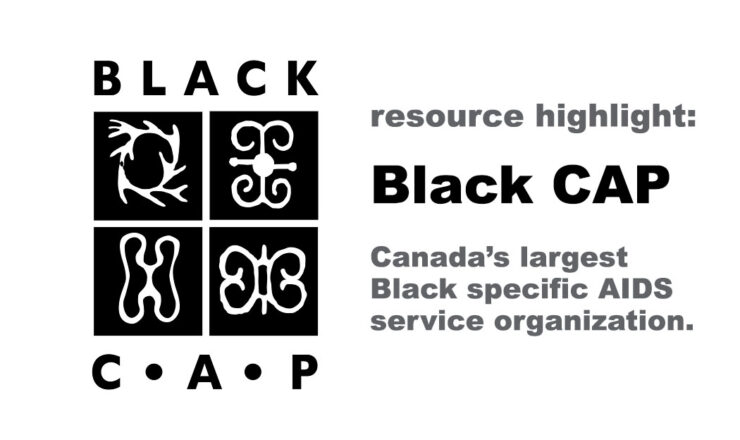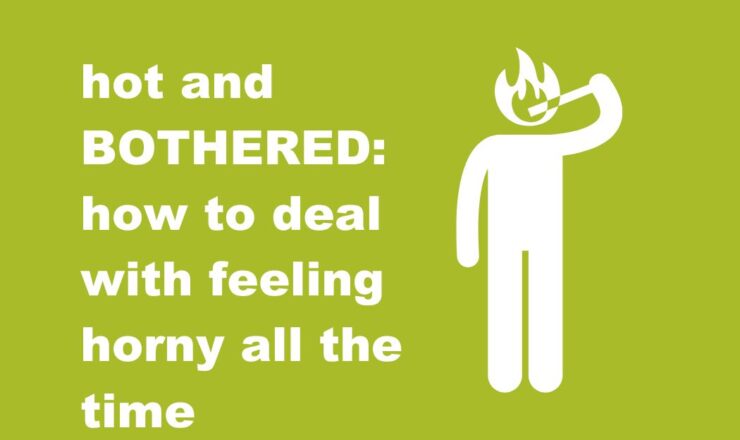

It’s National Orgasm Day! Here at Teen Health Source, we get lots of questions on orgasms, sexual pleasure, how to make sex feel better, and so much more! Here are some of our most frequently asked questions about orgasms:
When it comes to trying different types of pleasure, you can do just about anything! A lot of the time when people are experimenting with their bodies, it usually means trying different ways to masturbate. And there are lots of options! You can play around with different positions (laying down, standing, sitting), using different lubes or oils, sex toys, switching up the speed and/or pressure of how you touch yourself, etc. You can also explore and stimulate erogenous areas of your body that aren’t your genitals. Try different sensations on you legs, stomach, thighs, feet, neck, nipples, butt cheeks, etc.
If you’re 18+, you can try to mix in other kinds of visual or mental stimulation with watching porn or reading erotica. Tapping into your fantasies or roleplay can go a long way in increasing how good masturbation (or sex in general) can feel.
The only limit we’d suggest is being careful about types of stimulation or play that can cause you pain. If that’s what you’re into, start slow to make sure you don’t overdo it and really hurt yourself. And while locking the door can give you some extra sense of privacy and security, it can also slow people down from coming to your aid in case things go a bit too far and you find yourself injured. Just something to think about!
It’s hard to say what’s up, because vaginas are all different. There’s more to vaginas than just penetration. You can try experimenting with different depths, strokes, size of whatever’s going inside, etc. This could all change the way you experience vaginal sensations.
Some people experience pleasure when they stimulate their G-spot, which is a few inches inches inside the vagina on the side closest to your bellybutton (Try curling your fingers in towards your bellybutton to see if you can find your G-spot next time.). However, many people find that they can’t orgasm from vaginal stimulation alone and need to also be stimulating their clitoris, or that they don’t experience pleasure at all from vaginal/G-spot stimulation. It’s totally normal!
You can try to combine clitoral and vaginal stimulation together to see if it makes vaginal stimulation more pleasurable. If that feels good, awesome! If not, that’s totally okay too. Exploring your body at your own pace is a great way to determine what feels good or not so good for you. This can useful when you want to tell partners what they can do to help you feel more pleasure during hook ups.
| Quick Note |
| Although the language is pretty gendered, Go Ask Alice has a pretty great, in-depth article about masturbation options for people with clitorises/vaginas. Check it out: Link. |
All of our bodies are different, so unfortunately there’s no step-by-step guide to orgasming that will work for everyone. So while we can’t say what exactly will help you orgasm, here are three things worth considering when it comes to orgasming during sex with a partner:
And it’s worth remembering, in general, to be patient and give yourself a break. Sometimes it can be awkward to start new things, including masturbating or sex with a new partner. Try to see if you can think of sex as “play,” as something you do for the sake of doing it and not for a specific goal (like having an orgasm). Maybe one will sneak up on you or maybe it won’t — either way, it could increase your chance of having a good time!
For more info on sexual pleasure, check out these other posts on TeenHealthSource.com:
If you have questions about this topic, feel free to contact one of our peer educators. [Link]
Last Updated: June 2020

The Black Coalition for AIDS Prevention (Black CAP) is Canada’s largest Black specific AIDS service organization. Check out our post to learn more!

Check out this list of health clinics in the GTA who sell and do IUD insertions across the city.

Sometimes we feel horny when we don’t want to, but aren’t quite sure what to do about it. This post has a few strategies to help us change how we feel about feeling horny, and tips to cool off when we’re feeling turned on.